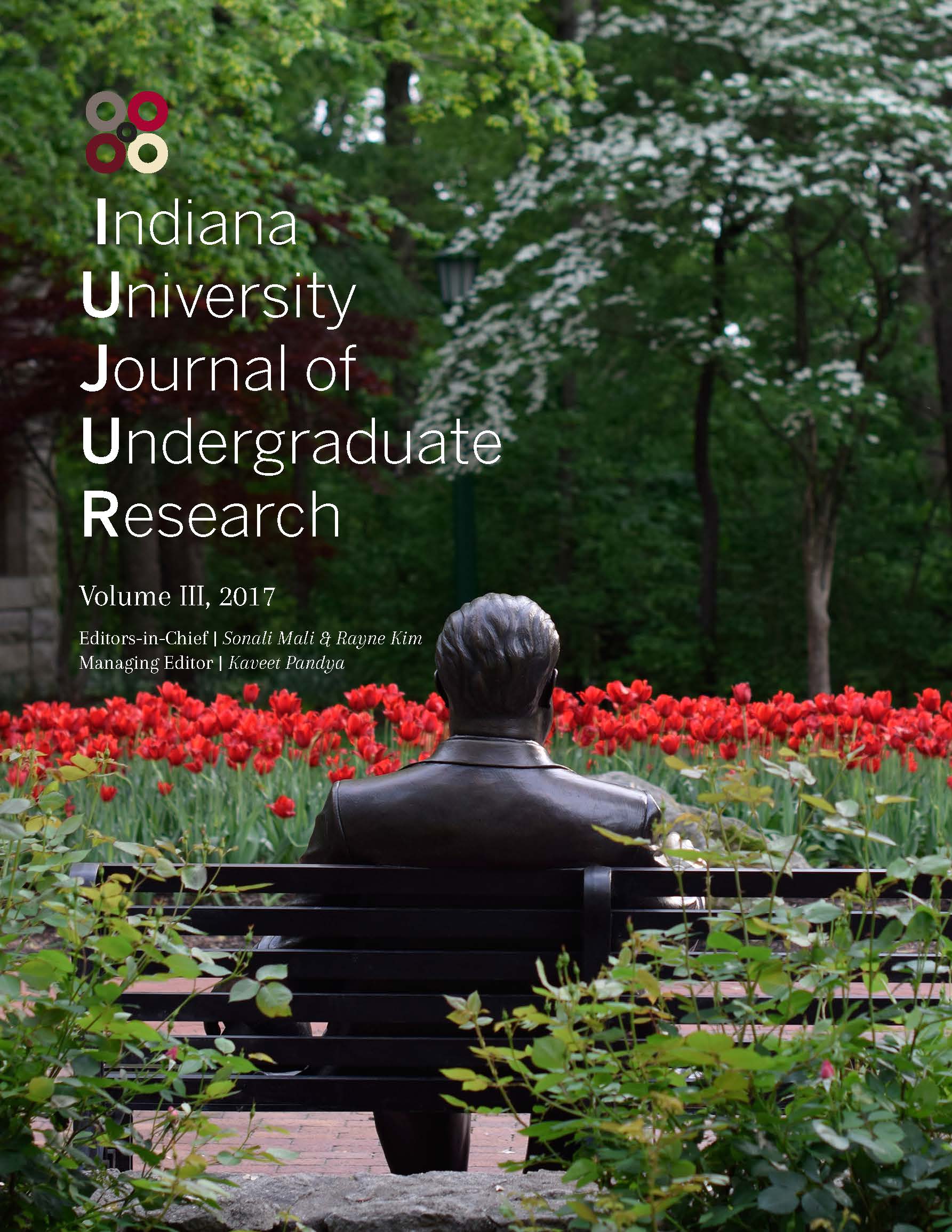A Proposed Experiment to Test Spin-Dependent Effects Beyond Einstein's Theory of Gravitation: The Pound-Rebka Experiment with Spin
Main Article Content
Abstract
Einstein’s geometric theory of gravity was constructed in part to explain why test particles in a gravitational field all follow the same trajectory independent of the mass of the particle. However, it is known that point particles in quantum mechanics must all possess at least two properties: mass and angular momentum. Many have speculated that spin-dependent effects in gravity might exist which are not contained in Einstein’s theory, yet few experimental tests for such a possibility have ever been conducted. We describe an experiment which is very similar to the famous Pound-Rebka experiment, which used the Mössbauer effect to verify for the first time Einstein’s prediction for the curvature of time, but which employs Mossbauer emitters and absorbers with nonzero spin. We present a specific, realistic proposal for such an experiment. We outline the theory for the “normal” effects of general relativity a la Pound-Rebka, the proposed experimental apparatus including spinpolarized emitters and absorbers, the expected sensitivity of the experiment, and potential sources of systematic error.
Downloads
Article Details
Authors who publish with this journal agree to the following terms:
- Ownership of the copyright shall remain with the Author, subject to IUJUR’s use and the rights granted by the Creative Commons license assigned by the Author. A Creative Commons Attribution-NonCommercial 4.0 International (CC BY-NC 4.0) license will be applied to the published work unless otherwise indicated in the Student Author Contract. The CC BY-NC 4.0 license (https://creativecommons.org/licenses/by-nc/4.0/) lets others remix, tweak, and build upon the published Work non-commercially, and although the new works must also acknowledge the original IUJUR publication and be noncommercial, they don’t have to license their derivative works on the same terms.Authors are able to enter into separate, additional contractual arrangements for the non-exclusive distribution of the journal's published version of the work (e.g., post it to an institutional repository or publish it in a book), with an acknowledgement of its initial publication in this journal.
- Authors are permitted and encouraged to post their work online (e.g., in institutional repositories or on their website) prior to and during the submission process, as it can lead to productive exchanges, as well as earlier and greater citation of published work (See The Effect of Open Access).
References
Davis J.C., Gullikson E.M., Henke B.L. (1993). X-ray Interactions: Photoabsorption, Scattering, Transmission, and Reflection at E = 50–30,000 eV, Z = 1–92. Atomic Data and Nuclear Data Tables 54. Academic Press, p. 181–342.
Dunford B.H., Dolphin D., Raymond K.N., Sieker L. (1981). The Biological Chemistry of Iron: A Look at the Metabolism of Iron and Its Subsequent Uses in Living Organisms. Proceedings of the NATO Advanced Study Institute held at Edmonton, Alberta, Canada, Aug. 13.
Dunham, W.R. et al. (1977). Added Precision in 57Fe Mössbauer Spectroscopy. University of Michigan.
Freude, D. (2006). Nuclear Magnetic Resonance. In Spectroscopy for Physicists.
Fultz B. (2011). “Mössbauer Spectrometry,” in Characterization of Materials. Kaufmann E., editor. New York (NY): John Wiley & Sons.
Gibb, T.C. (1976). Principles of Mössbauer Spectroscopy. London: Chapman & Hall.
Gullikson E.M. (2001). Section 1.7 “Atomic Scattering Factors”. In X-Ray Data Booklet, edited by Attwood D.T., Vaughan D. Berkeley: Lawrence Berkeley National Laboratory.
Kittel C. (2004). Introduction to Solid State Physics (8 ed.). New York (NY): John Wiley & Sons.
Lawrence Berkeley Lab Center for X-Ray Optics. X-Ray Interactions With Matter: Introduction, atomic scattering files, and x-ray properties of the elements.
Nalwa, H. S. (2001). Handbook of Thin Films, Five-Volume Set (Vol. 5). Burlington: Elsevier Science & Technology.
National Institute of Standards and Technology. Fundamental Physical Constants: Nuclear Magneton in eV/T. National Institute of Standards and Technology. XCOM: Photon Cross Sections Database.
National Institute of Standards and Technology. Tables of X-Ray Mass Attenuation Coefficients and Mass Energy-Absorption Coefficients from 1 keV to 20 MeV for Elements Z = 1 to 92 and 48 Additional Substances of Dosimetric Interest.
National Institute of Standards and Technology. X-Ray Form Factor, Attenuation, and Scattering Tables.
Pound R.V., Rebka G.A. (1960). Apparent Weight of Photons. Phys. Rev. Lett. 4. American Physical Society, p. 337–341.
Shultis, J., Faw, R. (2007). Fundamentals of nuclear science and engineering. Boca Raton, FL: CRC Press.
Wolter, H. (1952). Spiegelsysteme streifenden Einfalls als abbildende Optiken für Röntgenstrahlen. Annalen der Physik, vol. 10, p. 94–114.

